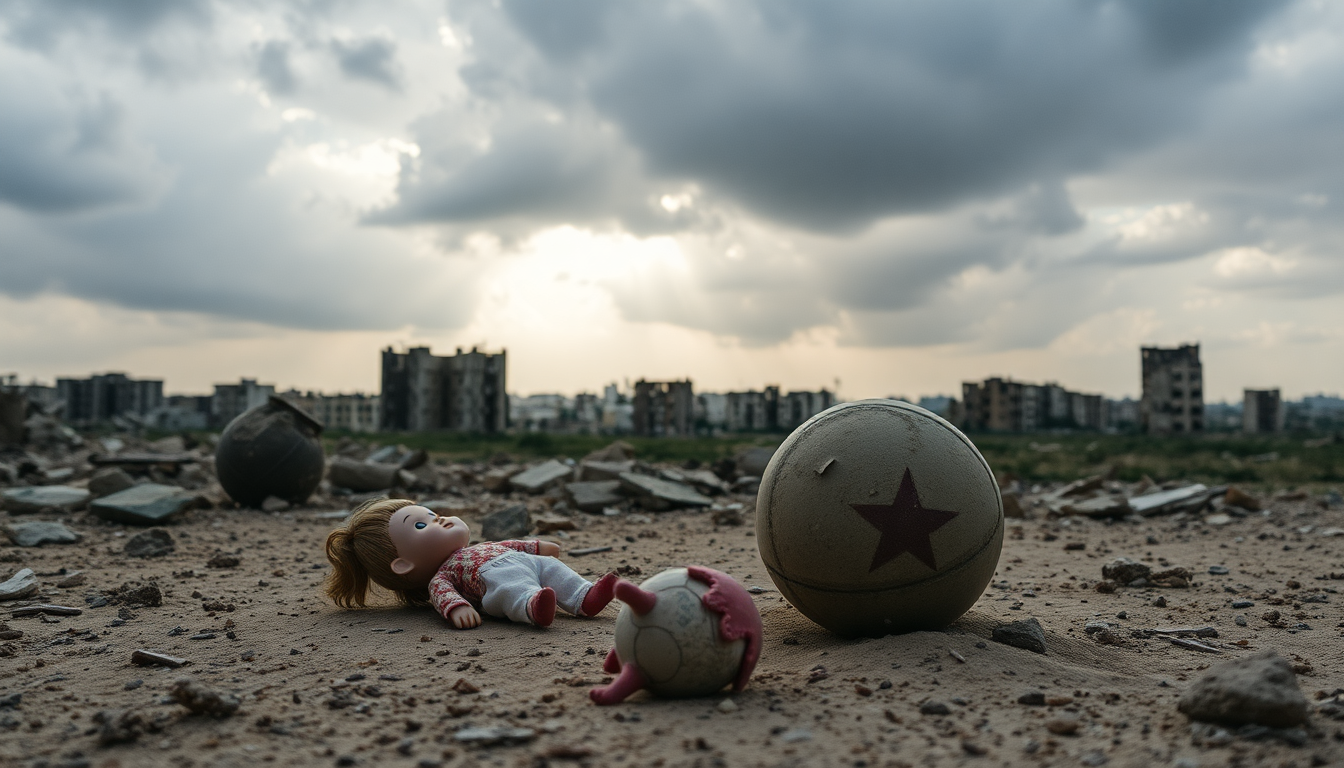Table of Contents
Vladlena Sandu’s film Memory is a powerful journey into the heart of childhood during wartime, shedding light on the deep scars that conflict leaves behind. Set in Chechnya during the tumultuous 1990s, Sandu weaves a narrative filled with vivid, poetic recollections that resonate with her personal experiences. More than just a memoir, this film is a broader reflection on the generational trauma that war inflicts on innocent lives. But how does a child navigate such chaos?
Context and Setting: A Childhood Amidst Chaos
Sandu’s story kicks off with the disintegration of the Soviet Union in 1991, a moment that reshaped not just her life but the lives of countless others. The film opens with her memories of this historical upheaval, instantly pulling the audience into the confusion and fear that marked her upbringing. After her parents’ divorce, a move to Grozny thrusts her into a world where violence is an ever-present shadow. The oppressive presence of her grandfather, coupled with the chaos of war, becomes the grim backdrop to her formative years.
The cinematography is nothing short of breathtaking. Inspired by Tarkovsky’s compositions and infused with vibrant colors reminiscent of Parajanov, each frame serves as a window into her memories. As viewers, we witness the juxtaposition of childhood innocence against the horrors surrounding her—a stark reminder of how life can embody both joy and despair simultaneously. Have you ever thought about how the happiest moments can exist alongside the most painful ones?
Visual Imagery and Symbolism: A Reflection of Trauma
In Memory, visual imagery is key to conveying the weight of generational trauma. Sandu’s artistic choices often capture a child’s perspective, where playful moments are laced with an undercurrent of dread. Take, for instance, the whimsical sight of bouncing beach balls scattered among the rubble—a striking symbol of how fragile joy can be in a war-torn landscape. Likewise, her act of painting a monster on a wall speaks volumes about the fears that haunt her childhood. Isn’t it fascinating how art can articulate the inexpressible?
Furthermore, the film sharply contrasts the adults who instigate conflict with the children who bear its consequences. This tension comes to a head in a heart-wrenching montage towards the film’s end, showcasing children around the globe holding guns—some real, some mere toys. It’s a poignant illustration of childhood loss amid warfare. Sandu’s decision to avoid labeling individuals by nationality highlights a universal truth: children everywhere share the burden of suffering, transcending borders and affiliations.
Reflection and Broader Implications: The Universal Impact of War
As the film reaches its conclusion, viewers are left to grapple with profound questions about conflict and its implications for future generations. Sandu’s narrative is a compelling call to recognize the humanity in every child affected by war, emphasizing the importance of empathy and understanding. How often do we consider the lasting impact of trauma, not just on individuals but on entire societies?
Memory stands as a powerful testament to the resilience of the human spirit amid devastation. Through Sandu’s eyes, we are confronted with the never-ending cycle of trauma, urging us to face uncomfortable truths about war and its far-reaching consequences. In a world where conflict continues to rear its head, Sandu’s work serves as a poignant reminder of the need for compassion and the urgent imperative to safeguard the innocence of childhood.


